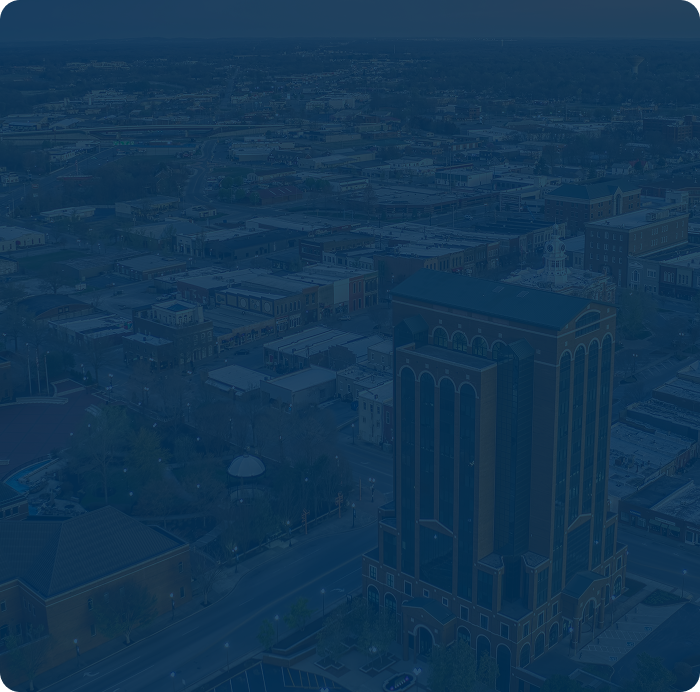Commercial Use: Busses and Other Commercial Areas
Millions of Americans (and others around the world) are employed as drivers in some capacity. As self-driving car technology advances, these vehicles will begin to be used heavily for commercial uses and will greatly affect the way business is done.
One area where autonomous cars could have a vast impact is public transportation and busses. Self-driving technology is beginning to reach the mass transit field, with self-driving minibusses being deployed in several cities across the United States in 2016. Local Motors, an Arizona based company, has developed and built an autonomous minibus called Olli. Olli will seat 12 passengers, and current plans call for Olli to be tested in Washington, D.C., Las Vegas (first at UNLV and then in the city), and in Miami-Dade County in Florida.
IBM teamed up with the creators of Olli, and IBM’s AI platform Watson is integrated into the minibus. The use of Watson technology is aimed at enhancing the rider experience, with reports that riders will be able to ask how the bus works, why the bus is driving in a specific way, or even ask for local recommendations. Watson will not, however, be “driving” the bus. Although it appears that Olli will initially be used in public transportation, the company that created Olli has reported that they hope the minibus could one day be hailed through an app. To read more about IBM’s partnership with Local Motors on this minibus, visit https://techcrunch.com/2016/06/16/ibms-watson-makes-a-move-into-self-driving-cars-with-olli-a-minibus-from-local-motors/?ncid=mobilenavtrend.
Outside the United States, autonomous busses have been used in the Swiss town of Sion. The electric, self-driving buses did not make many stops and only went 20 kilometers per hour, but rides were free, and the bus had air conditioning and disabled access ramps. While the busses were self-driving, the plan was to have a manager and attendant on board to keep track of both the bus’s functions and the passengers on board. To read more about these Swiss busses, visit http://readwrite.com/2016/06/30/switzerland-autonomous-bus-tl4/. The trial of these busses was scheduled to run through October 2017, but one of the two busses hit a parked van in September 2016, causing the trial to be halted. The accident was minor and no one was injured, but the bus manufacturers wanted to investigate the cause of the accident. It is unclear if the trial will be resumed.
In Amsterdam in 2016, Mercedes began testing a semi-autonomous bus program known as Future Bus. In July 2016, one of these busses navigated a route of over 12 miles. Though the bus had a driver on board, Mercedes asserts that autonomous busses could lead to much more efficient travel, with the bus able to communicate with city infrastructure. Also, autonomous busses would likely offer more comfortable rides, as sudden starts and stops would be more limited.
Helsinki, Finland also had a pilot program for driverless busses in 2016. These busses could only go six miles per hour, but they were an important step in implementing autonomous busses on a more widespread basis.
In Australia, 2016 saw a three-month test period for autonomous electric busses in the city of Perth. These busses have 11 seats and travel a route about 1.6 miles long, traveling around 12 miles per hour (but with the capability of going up to 28 miles per hour).
In Lyon, France, autonomous busses carrying 15 passengers will travel a ten-minute route, going to five stops and reaching a maximum 20 miles per hour. A similar bus was also scheduled to be tested in Paris in September 2016.
Some additional areas where autonomous cars could have a large impact are:




